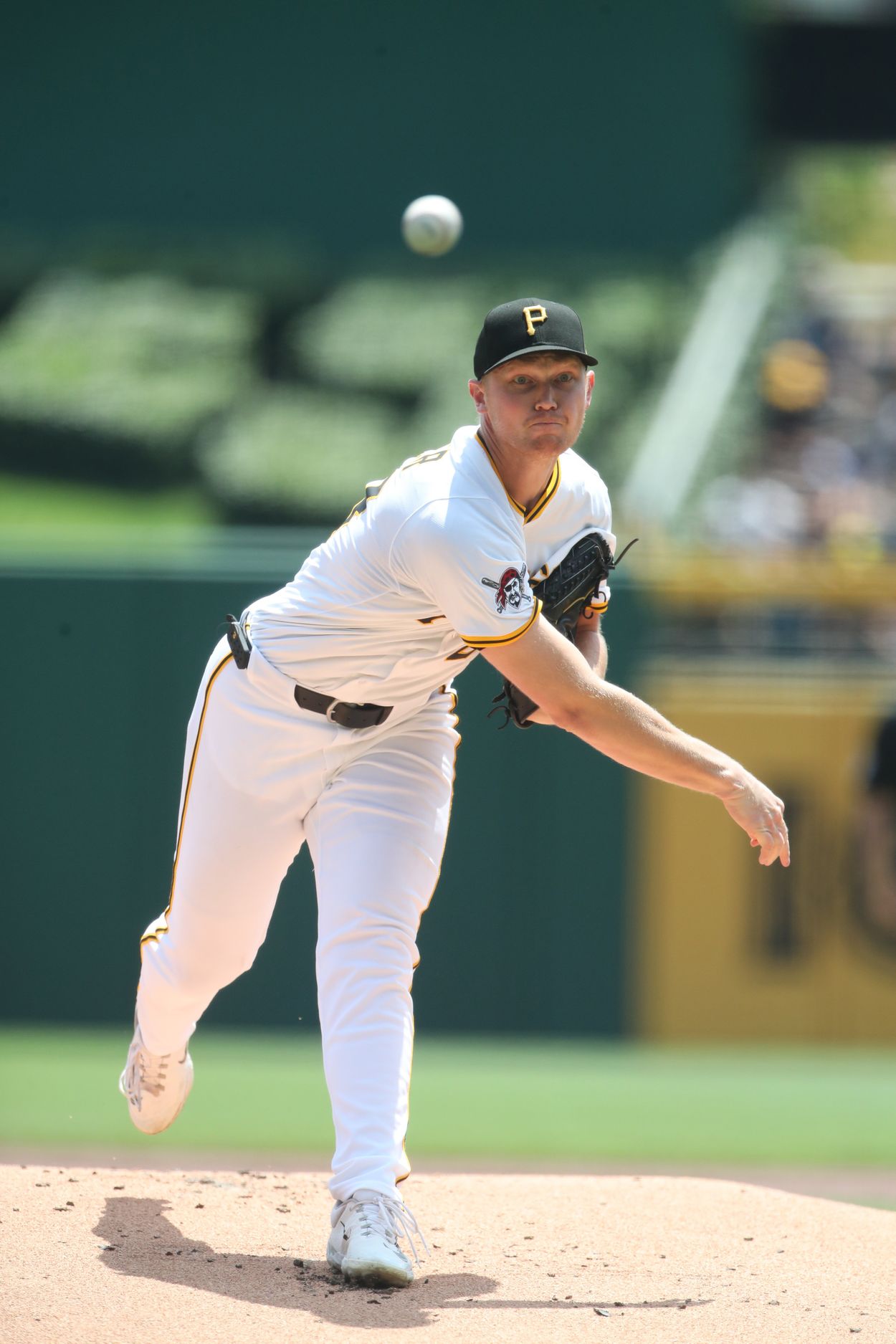
Mitch Keller has become a pitcher the Yankees have interest in acquiring at the trade deadline, but there are a lot of ways to view him.
From a traditional standpoint, his 3-10 record and career in a small market would be unappealing, and from an analytical standpoint the lack of whiffs are a very real concern.
Owed money for three more seasons following 2025, the Yankees would be on the hook for almost $60 million through 2028, which begs the question of why Brian Cashman would even have interest.
With some low hanging fruit in this profile that the Yankees could adjust to make Keller a formidable postseason starter and the inflation for starting pitching contracts, Mitch Keller might be their best bet at the trade deadline.
READ MORE: Yankees-Mets mock trade will make your brain hurt
Can the Yankees Find Mitch Keller’s Missing Strikeouts?
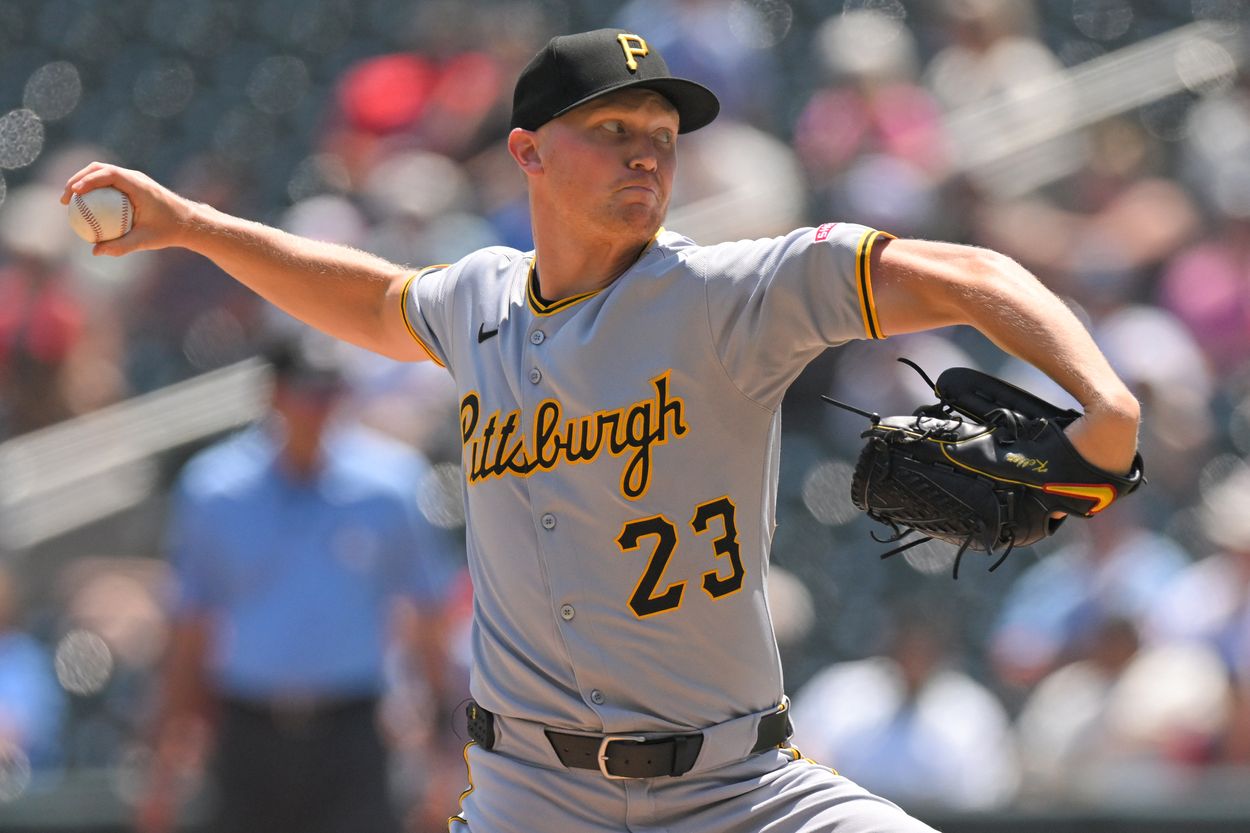
Mitch Keller is not the only pitcher in the Pirates’ rotation to experience a decrease in strikeouts, in fact he’s not even the biggest faller in that metric.
All four of Pittsburgh’s main starters including Paul Skenes, Andrew Heaney, and Bailey Falter have seen their strikeout rates decrease from 2024.
The Pirates’ philosophy as a pitching staff is to go after batters and induce contact, relentlessly pounding the zone to stay ahead in the count.
Not all pitcher should be hounding the zone that way; while the likes of Skenes and Skubal can have these extraordinarily high in-zone rates, more mundane starters have to be more creative.
Among qualified starting pitchers, only two pitchers have a higher Zone% than Keller (57.6%), and the right-hander could benefit from trying to induce swings out of the zone.
Keller’s two best pitches for generating chases have been his slider and sweeper, two pitches he throws in-zone nearly 50% of the time.
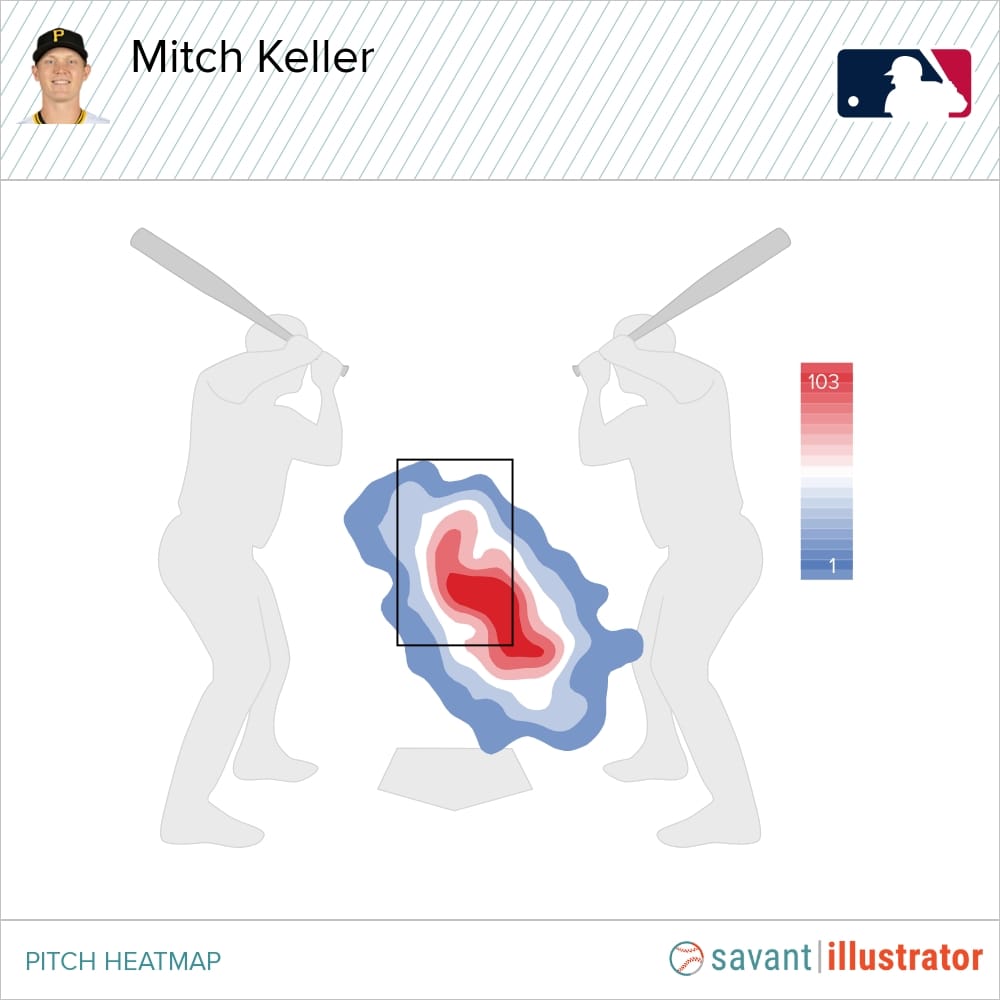
This heatmap displays where Mitch Keller throws his sweepers and sliders most frequently, with a large concentration of pitches in places where batters can easily make contact.
You would assume that’s a result of not being able to get batters to chase on these pitches, but the 29-year-old right-hander actually gets more chases on his sweepers and sliders than the average MLB pitcher.
One change to his slider/sweeper location could open the door for a lot more whiffs, and the Yankees have been able to identify these kinds of issues in pitchers before and correct them.
Carlos Rodon struck out just 22.2% of batters faced in 2023 and in the first half of 2024, he struck out just 24.4% of batters faced.

In 2023, he threw 49.8% of his pitches in-zone, that number has dropped to 45.4% in 2025, with the damage rates going down and the whiffs rates skyrocketing.
He has the fastball and sinker to attack the zone and be effective, but without a put away pitch, Mitch Keller is going to be a pitch-to-contact artist and that severely limits his ceiling.
I also like his changeup, which averages just 1.5 inches of IVB with 14 inches of armside movement, giving it nearly 15 inches of vertical separation off of the fastball.
With some tweaks to perhaps create some more velocity separation, this has the making of a plus pitch against left-handed batters, who have given Keller the biggest struggle.
I also think those out of zone breaking balls will help generate the whiffs he hasn’t been able to get in those spots, since Keller has a ton of success when he throws those pitches down-and-in against lefties or backdoor it and freeze them.
READ MORE: Why the Yankees should stay away from this Pirates infielder
Mitch Keller’s Contract Plays to the Yankees’ Advantage
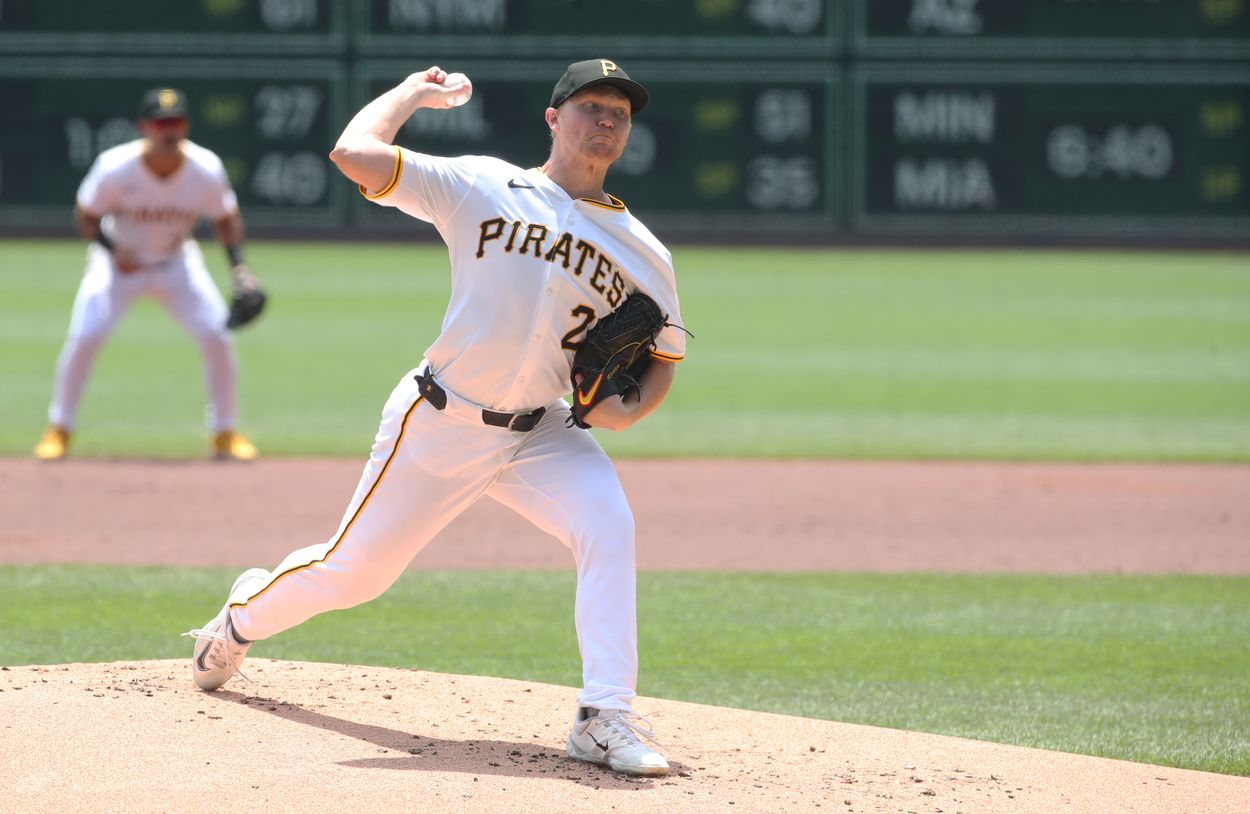
When you re-calculate the Luxury Tax hit (the AAV is determined by the remaining money and years left after a trade), Mitch Keller should be owed a bit under $18 million a year.
It comes out to roughly $17.8 million, and while some fans would suggest that’s an irresponsible amount of money to pay a 3-4 starter, but the market would disagree with that assessment.
Frankie Montas ($17 million), Marcus Stroman ($18.5 million), and Alex Cobb ($15 million) were all much greater health risks who signed in their 30s with worse production and intelligent organizations handed out those deals.
If you want to convince yourself that all three of the Mets, Yankees, and Tigers are moronic and don’t understand market value be my guest, but Mitch Keller is better than those guys.
At the age of 29, you’d have Keller through his age-32 season, which is an absolute steal since you would only get his peak years and none of the late-stage ugliness you see with a starter who’s stuff completely diminishes.
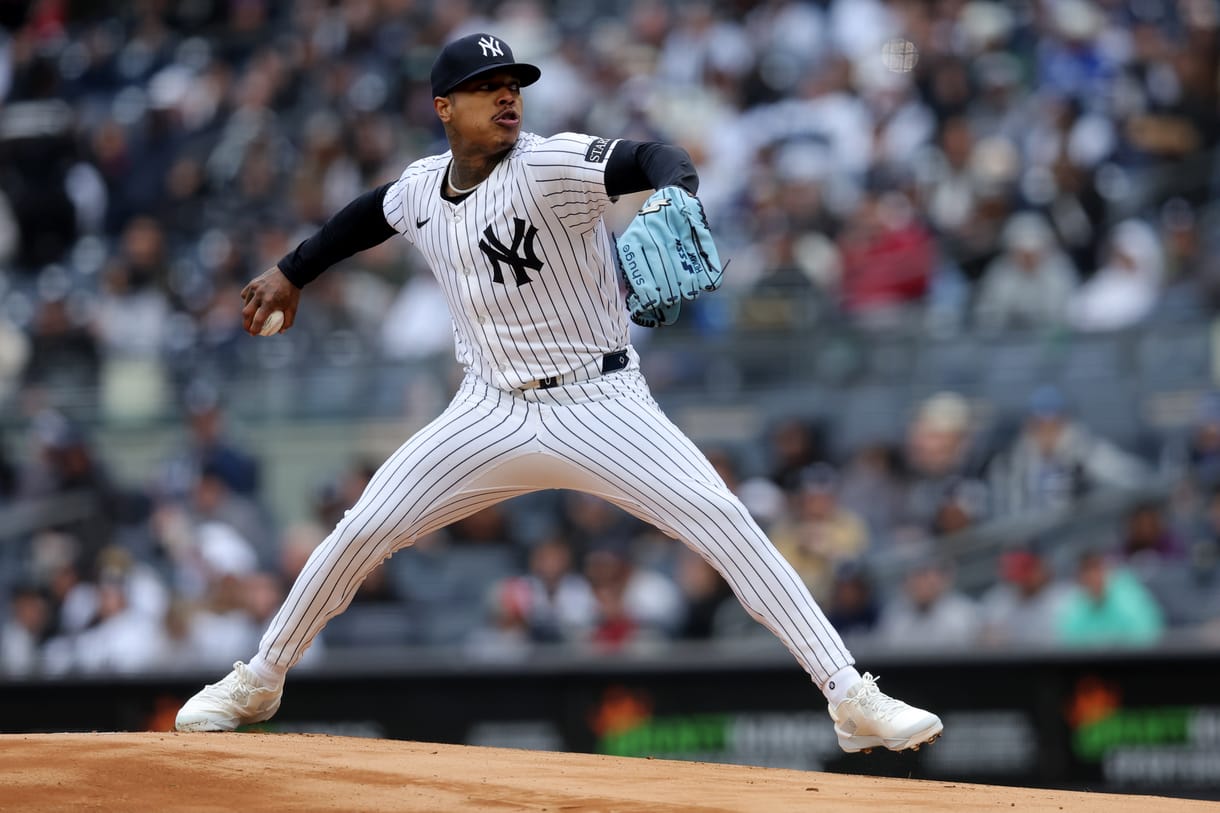
Mitch Keller has posted a 94 ERA- over the last four seasons with the 24th most WAR (10.2) in baseball among starters, consistently contributing 2+ WAR and having some years where he’s more of a 3 WAR pitcher.
Over those four years, Keller has been worth $81.6 million, and that’s with him not being finished with this current campaign.
If he is worth 0.0 WAR the rest of the way, he would average over $20 million of value according to FanGraphs, and if the Yankees can squeeze even a little more production out of him, that mark could be closer to $25 million.
It opens the door for the Yankees to perhaps trade a young starter for a dynamic hitter and bullpen piece either this summer or this winter.
All of the data points to this contract being good, and the changes to make Mitch Keller even better are ones that don’t require mechanical or pitch shape alterations.
!function(){var g=window;g.googletag=g.googletag||{},g.googletag.cmd=g.googletag.cmd||[],g.googletag.cmd.push(function(){g.googletag.pubads().setTargeting(“has-featured-video”,”true”)})}();